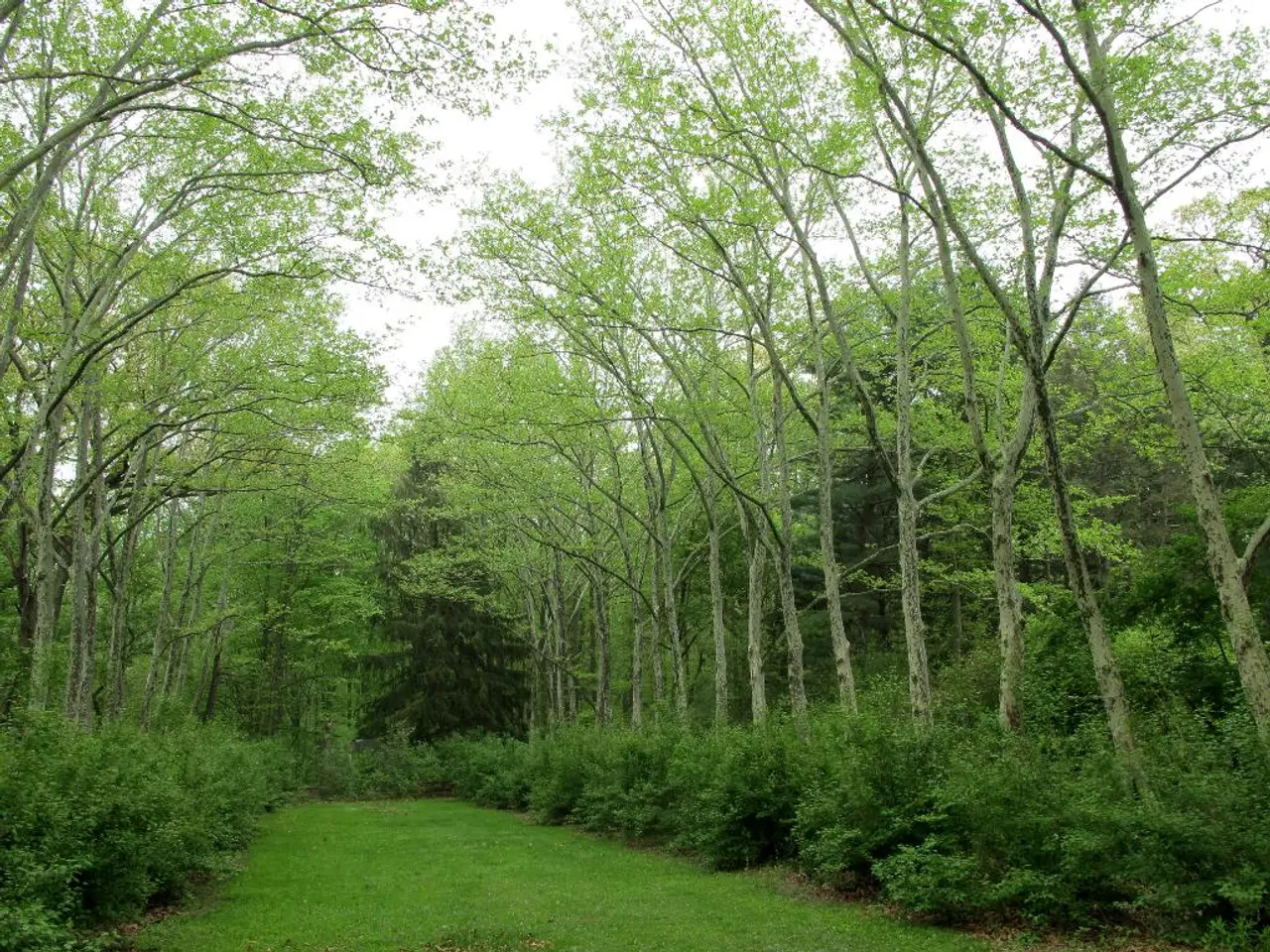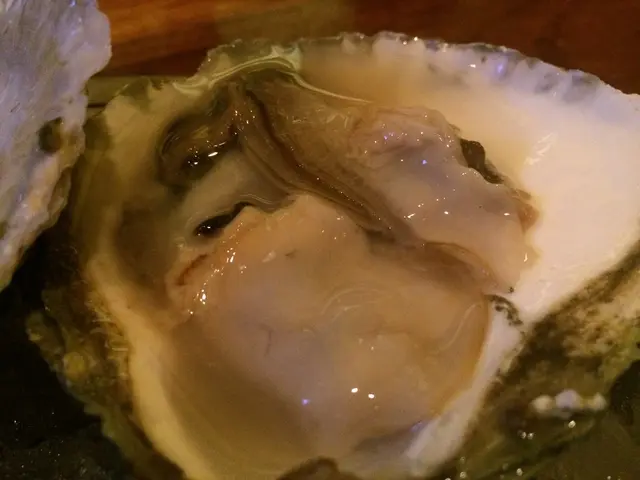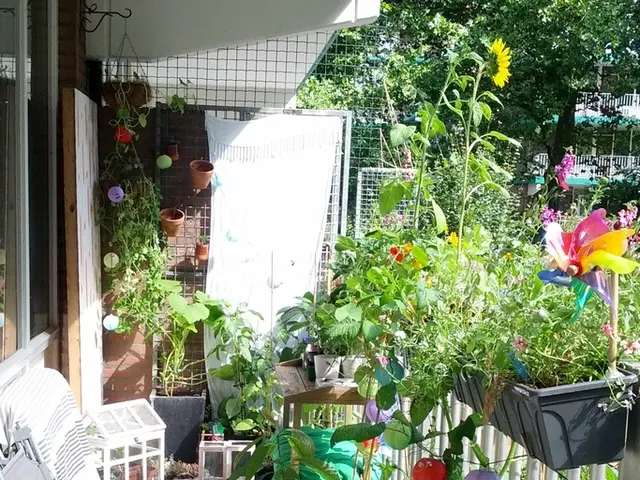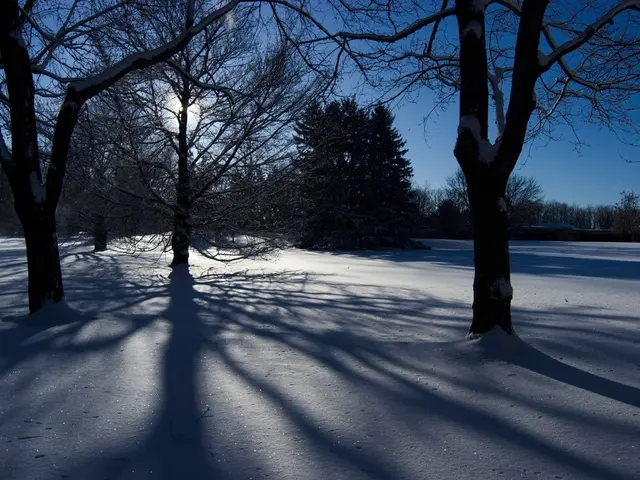Optimal Planting Times and Guidelines for Collards in Virginia
Growing Collard Greens in Virginia: A Comprehensive Guide
Collard greens, a popular leafy vegetable, are thriving in Virginia gardens, thanks to the right growing conditions. Here's a guide to help you cultivate these nutritious greens in your Virginia garden.
Selecting the Right Location
Collard greens need a sunny spot with at least 6 hours of direct sunlight each day to grow well. Choose a location that meets this light requirement for healthy growth.
Soil Requirements
Collards thrive in fertile, well-drained soil rich in organic matter. Using cover crops or organic amendments can improve soil fertility and moisture retention, which is important in warm climates like Virginia's.
Best Planting Time
In Virginia, collard greens are typically grown as a cool-season crop. Plant seeds or transplants in early spring for a summer harvest or late summer for a fall and early winter harvest. Transplanting is effective and can be timed for optimal growth.
Cultivation and Care
- Maintain consistently moist soil, especially during dry spells, to promote continuous growth.
- Provide balanced fertilization; a little plant food supports healthy leaf production.
- Raised beds can be used effectively for better drainage and soil management.
- Practice sustainable soil management such as using cover crops (e.g., legumes) and no-till methods to maintain organic matter and soil fertility.
Additional Tips
- Collards are heavy feeders and benefit from a balanced fertilizer rich in nitrogen.
- Collard greens require consistent moisture for healthy growth and are watered weekly.
- Collard greens prefer well-drained, fertile soil with a pH between 6.0 and 6.8.
- Seeds should be sown 1/4 to 1/2 inches deep and spaced 18 to 24 inches apart.
- Collard greens prefer cool growing temperatures above 45°F for good germination.
- Collard greens can be started indoors about 4-6 weeks before the last frost date for a head start in the spring.
- Collard greens are susceptible to pests such as aphids and cutworms. Using row covers can protect young collard plants.
Storing Collard Greens
Collard greens can be stored between 32° to 34°F with 90 to 95% humidity for best results.
Expert Advice
Glen, a gardening expert with over 15 years of experience, shares his latest posts on garden fungicides, candy cane peppers, and watermelon, but his passion remains with collard greens. He advises gardeners in Virginia to consider these resilient greens for their gardens.
Planting collards in early spring or late summer works best in Virginia. For a fall harvest, collards should be planted in late summer to mature in the cooler months. Good soil drainage is essential for collard greens to avoid root rot.
With the right conditions, collard greens can provide a bountiful harvest and add a delicious, nutritious twist to your meals. So, get planting and enjoy the benefits of these versatile greens in your Virginia garden!
Collard greens can be effectively transplanted for optimal growth during cool seasons in Virginia, such as early spring or late summer for a fall harvest. To maintain a flourishing home-and-garden area with collard greens, consider carefully choosing a sunny location that meets the plants' light requirements and preparing the soil to be rich, well-drained, and nutrient-rich.





